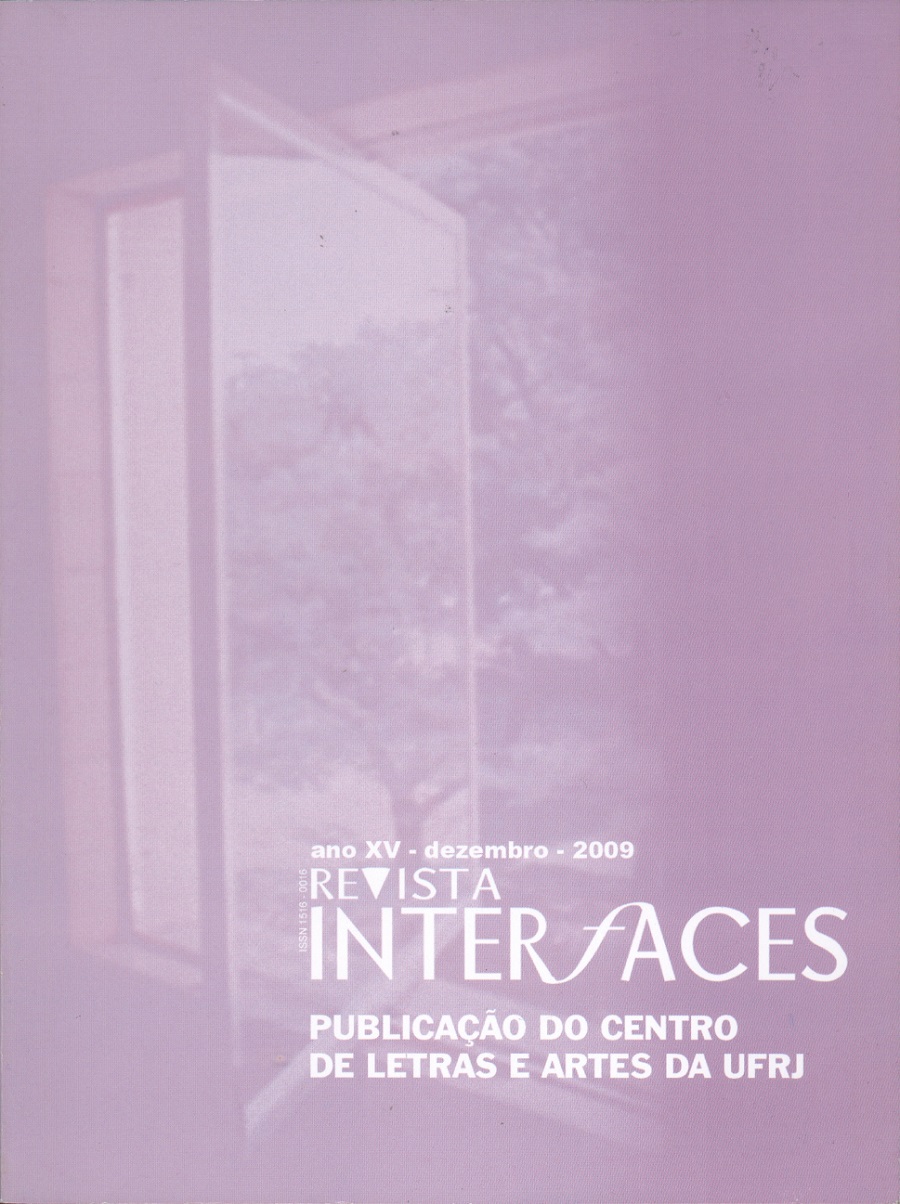A modernidade expográfica no Brasil e a arquitetura de Museus
Mots-clés :
Museografia, MuseusRésumé
The decades between 1930 and 1960 were very favorable for projects of museums and cultural spaces. Accordingly, all the museum buildings is a very particular kind of modern contemporary exhibit design from various angles and, therefore, is particularly interesting for the trials of the architects who worked on the Modern Movement. In this paper I present part the research on contemporary museum that I do with the students of FAU / UFRJ. Therefore, I will show that, following the demands of society and their governments, the program of museum and cultural spaces was made and developed during the Modern Movement to both "elite" as for the "common man". And for not escape the rule, the forms adopted the international aesthetic adapting it to "local tastes." Among the contents observed, it is emphasized that, in terms of the Modern Movement, along with the social function of the program and architectural work, the integration of art and architecture is a recurrent theme and can be considered commonplace. During this period, the authors of the projects of museums and cultural centers designed simple spaces and 'pure' forms for minimal activities. However, using valuation techniques of architecture and works of art while they busied themselves with the issues relating to the constitution of the collections and activities of cultural promotion and museum. The known "aestheticism" was used not only for formal adjustment of the plastic and chromatic elements of buildings, but also for the application and placement of works of art, then inserted using "art" of vegetation in interior architecture, and homogeneity spaces, which were generally open, transparent and free of walls. Worthy of attention that the emphasis in the exhibition areas and the amount due to the aesthetic value of spatial organization, along with concern "view" the structure of buildings, had functional and symbolic purposesTéléchargements
Publié-e
2020-02-17
Numéro
Rubrique
Artigos


